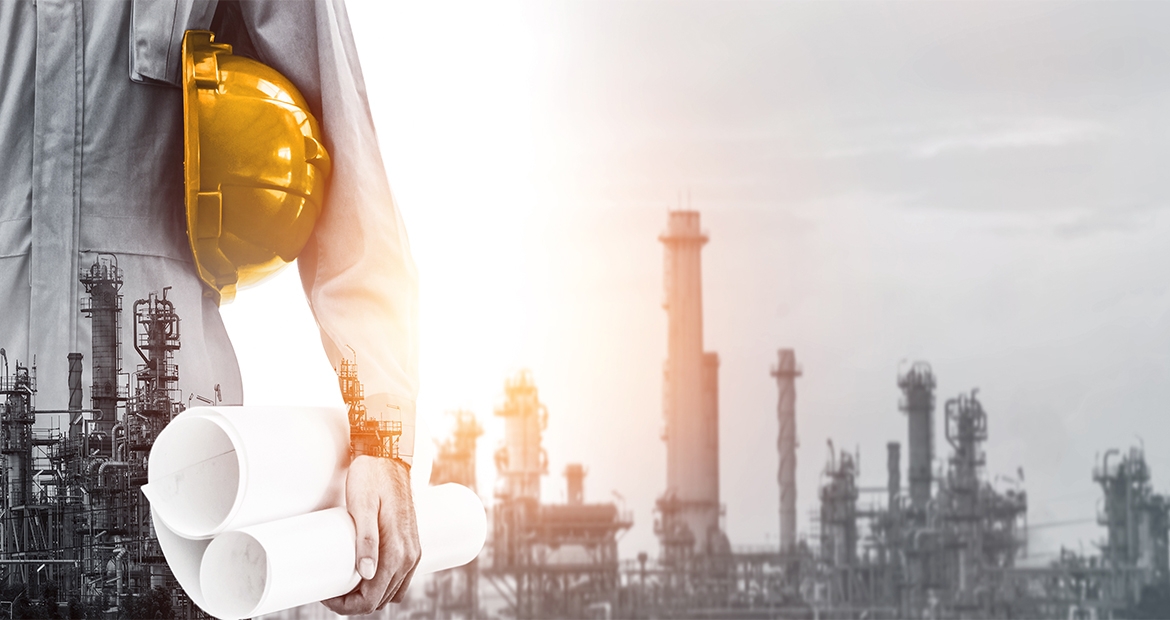Interested in technology and mechanics? Consider a technical career in this industry.
If you are interested in technology and mechanics, a career within the oil and gas sector could be the right fit for you.
By Aytek Yuksel, Content Marketing Leader - Power Systems

Technical careers within the oil & gas sector offer on-the-job education, good compensation and more importantly, a fulfilling experience while working on various mechanical and electronic equipment, including several engine technologies.
The energy sector is going through a transformation to build a cleaner future for our communities, and oil and gas are still going to play an important role in our energy mix during this transformation. Cummins is constantly striving to reduce emissions from its diesel and natural gas products while developing low- and no-carbon technologies such as electrification and hydrogen fuel cells as the infrastructure grows to support them.
Why the focus on engine technologies?
Building and operating a well site typically takes more than 100 engines to be present at different times. It all starts with the site preparation where dirt is moved, and the site is prepped to construct a well pad. At this early stage, engines power machinery ranging from earth moving equipment and cranes to various sized trucks. The second step is drilling down to start the well; a typical drilling rig has many engines on it. Once the drilling is completed, frac rigs, powered by large engines, come to the site to service the well. Finally, once the pressure pumping is done, the well is ready to produce hydrocarbons for many years to come.
Let’s look closer at how a diverse set of engine applications bring a well site to life.
Engines that power various oil and gas equipment
Large equipment including frac rigs, cementers, blenders, compressors, and drilling power modules are working throughout drilling sites; and drilling sites are great for anyone enthusiastic about mechanics and electronics.

Early on in a drilling site, you would see drilling power modules, often powered by high horsepower engines such as a Cummins QSK50, creating the well and the borehole. Then pumps, powered with smaller engines such as the Cummins QSL9, are used to seal the spaces between casing and borehole walls. Then comes the frac rigs with the power and equipment necessary to pump the water and additives that crack the rocks where hydrocarbons are captured. Often a set of twelve or more of this equipment works together at each wellhead. These pumps are powered by engines as large and heavy as passenger cars, such as the Cummins QSK60. These engines are powerful enough to create enough pressure to crack the rocks that are more than a mile beneath the ground.
Once you add the other drilling equipment including hydration units, blenders and various pumps, you have engines ranging from less than 100 horsepower up to 3,000 horsepower.
Engines that power vehicles
A drilling site features many vehicles ranging from smaller pick-up trucks to class 8 heavy-duty trucks. Pick-up trucks, often powered by a Cummins 6.7L engine, are used to haul small mobile equipment, and for transportation. Larger class 8 heavy-duty trucks haul the pressure pumps from one well site to another as needed. About one-third of these trucks depend on Cummins engines, often a Cummins L9 up to the X15 engines.
The oil and gas sector offers a diverse set of technical career opportunities, and familiarity with engine technologies comes in handy if you are interested in a future in the sector. Today’s modern engines are engineering marvels; thanks to a combination of advancements in fuel systems and emission reduction technologies. Ensure you stay up to date with the latest in engine and power technologies.
Sign up below to receive periodic insights, updates and news relevant to the oil and gas industry. Check out careers at Cummins if you are interested in technical job opportunities. To learn more about oil and gas power solutions Cummins offers, visit our webpage.
Author Profiles

Aytek Yuksel, Content Marketing Leader - Power Systems
Aytek is a marketing leader at Cummins, focusing on technology and thought leadership. Since joining in 2008, he has held various marketing roles and now shares insights on markets, technologies, and energy transition. Aytek lives in Minneapolis with his wife and two kids.
Related Tags